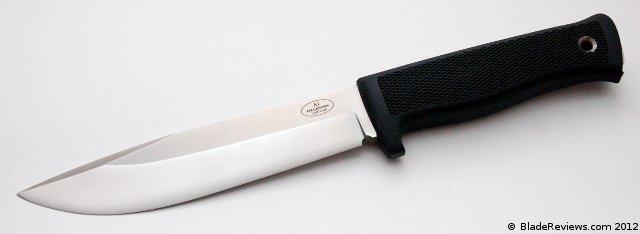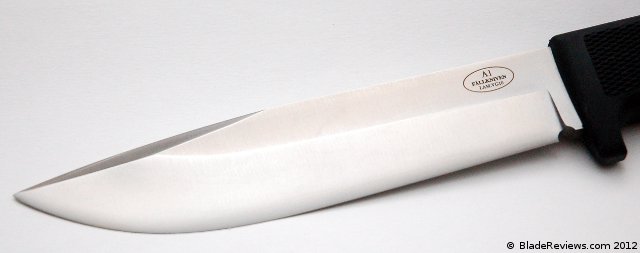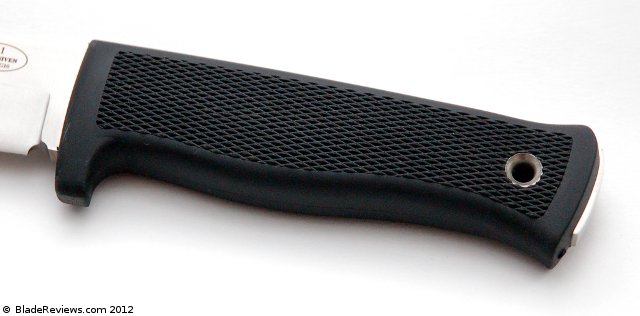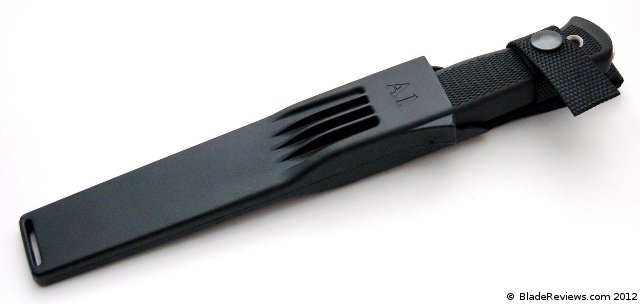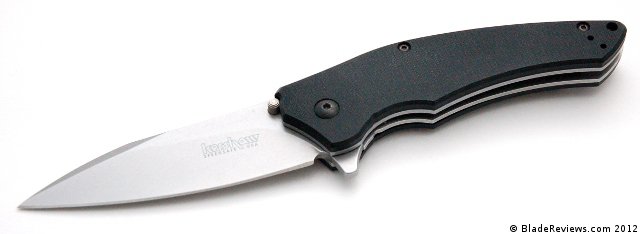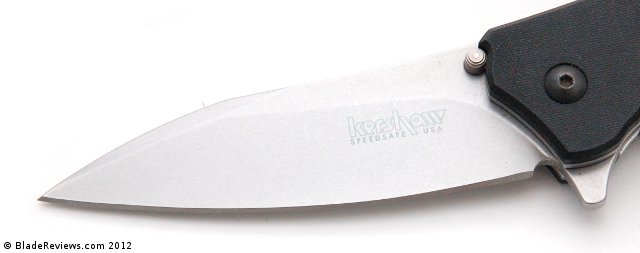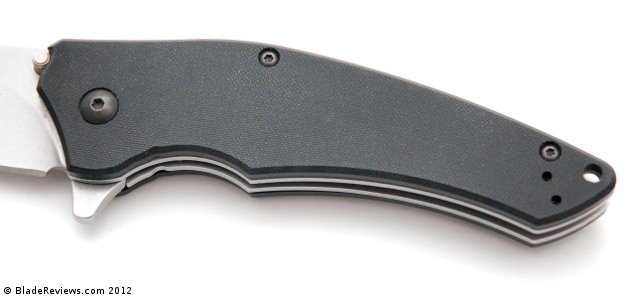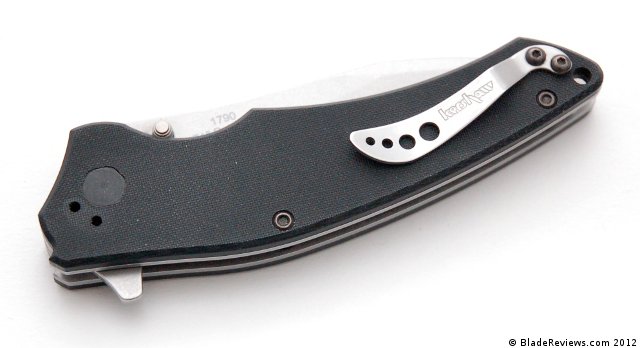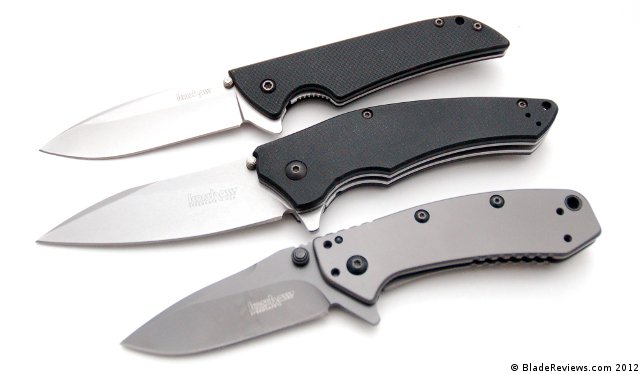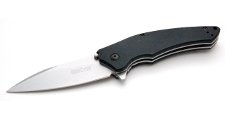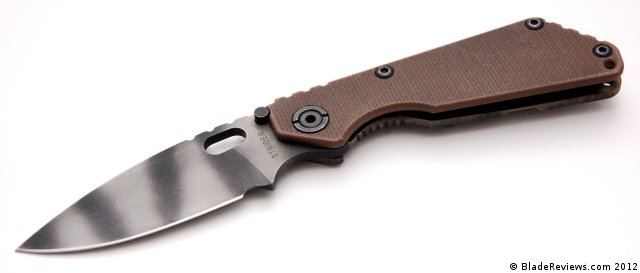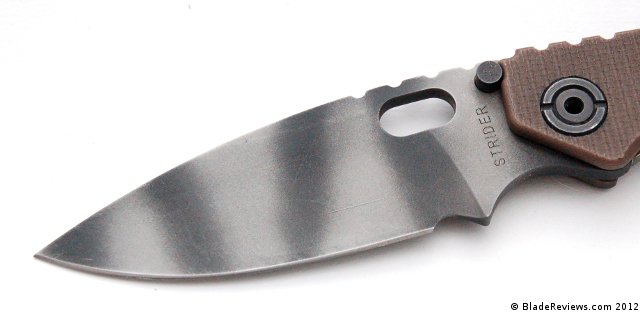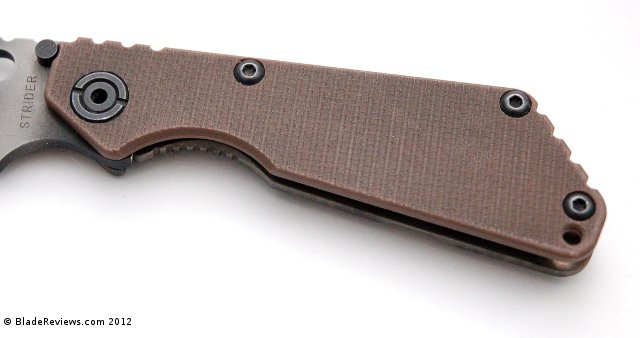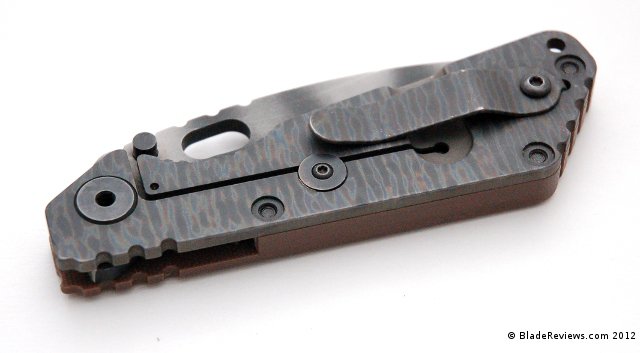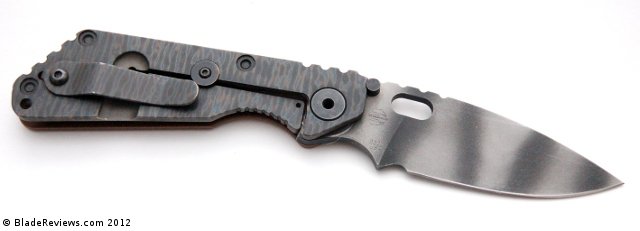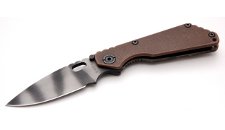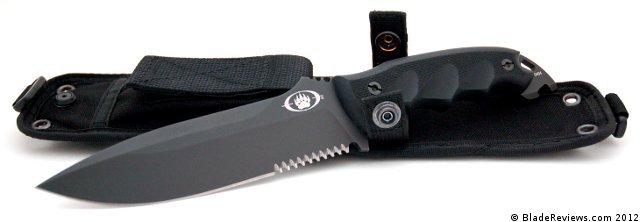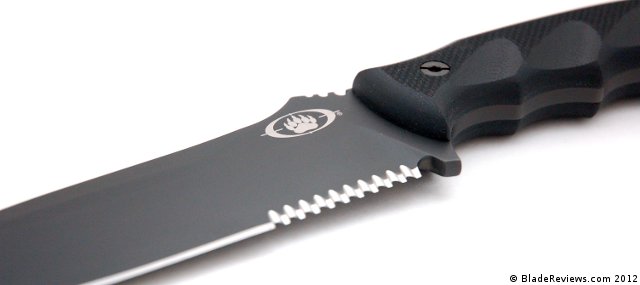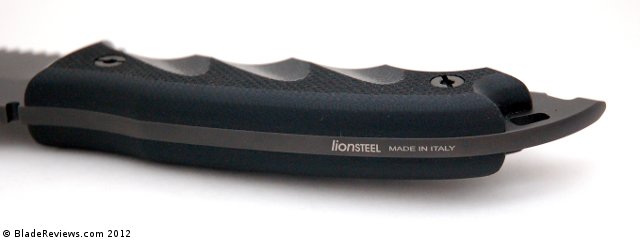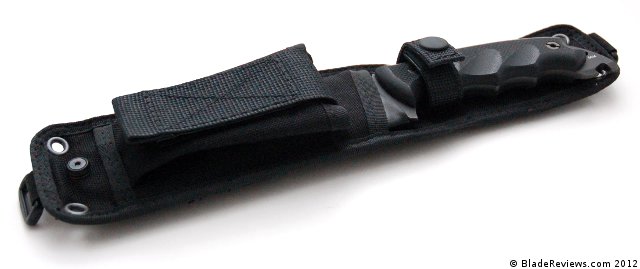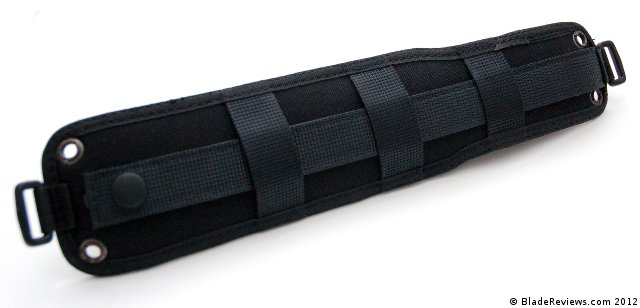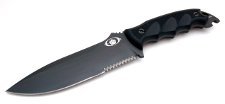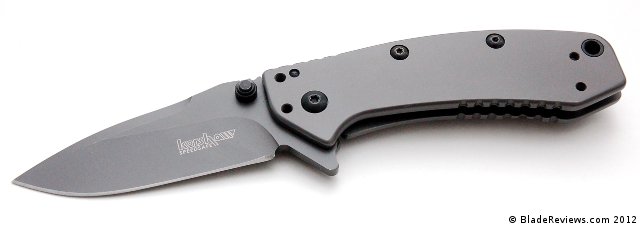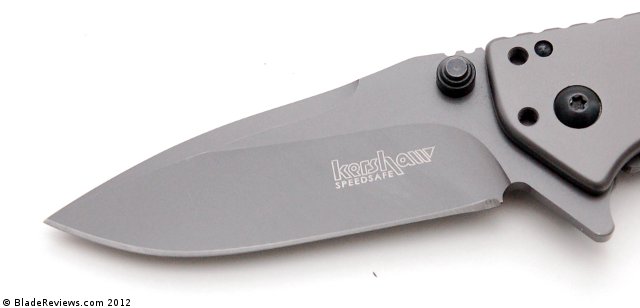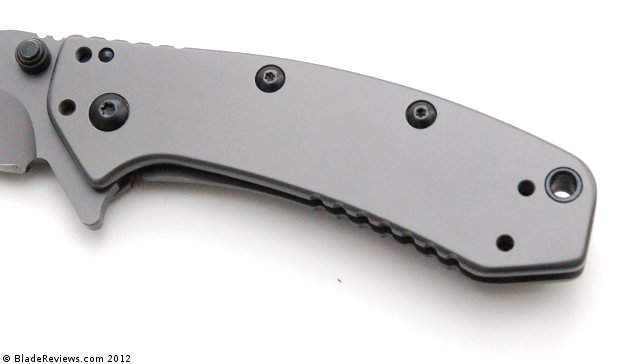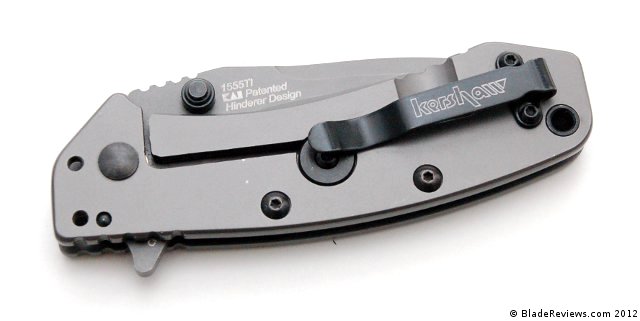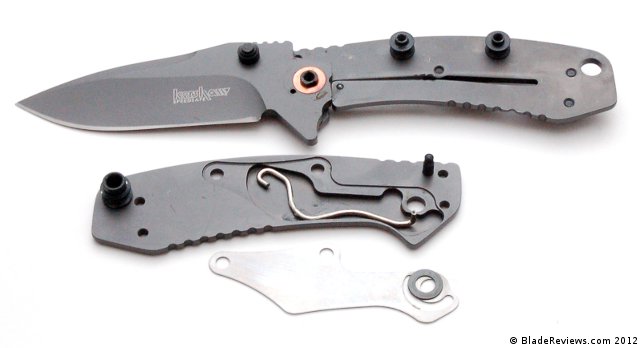I have always enjoyed things that are authentic and simple. I don’t think I’m alone, and that may explain America’s recent re-interest in craft beer and artisanal cheeses. At any rate, as much as I enjoy reviewing the latest and greatest knives, I occasionally return to the simple stuff. Case in point, I’ve been carrying a very basic Swiss Army Knife for the past month. No super steel, no titanium framelock, no stonewashed thrustbearing-enabled flipper madness. Hell, I need to use 2 hands to open it, and the thing doesn’t even lock. Sure I sacrifice some performance with a knife like this, but I still enjoy the simplicity.
That same interest in authentic simplicity drew me to ROSarms Companion II. The Companion II is a traditional knife made of old world materials, and is built on time-honored traditions of Russian knife making. The knife is actually surprisingly capable and full featured. And it’s also lightweight – VERY lightweight. At under 3 ounces you would think this was made of space age materials. Maybe authentic and simple doesn’t have to mean sacrificed performance afterall…
General Dimensions and Blade Details
ROSarms makes knives out of their factory in Zlatoust, Russia. Much like the cities of Solingen, Maniago, and Seki City, Zlatoust has a serious cutlery pedigree. ROSarms takes that pedigree seriously – to the point where all their knives are still hand made.
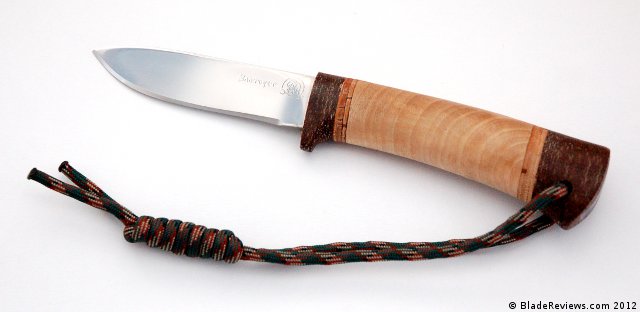
The Companion II is a little knife with an overall length of 7-3/4″, a 3-3/8″ blade, and a weight of 2.9 ounces (4.6oz with sheath). The knife is aptly named, and is a good size tool to have on a trail or around a campfire.
The Companion II has a simple drop point blade with a full hollow grind. It’s a proven blade shape and complements the traditional look of the entire package. The blade has been given a highly reflective satin finish that borders on a mirror polish. Blade thickness is 1/8 of an inch, and is plenty stout for the kinds of small tasks the knife was designed for.
The steel used here is 110x18MШД. This is a Soviet-era stainless steel forged in Zlatoust and it is apparently a popular choice for both military and aviation needs. In this case the steel is heat treated to a minimum of 58HRc so it’s hard enough to make a decent knife.
This is my first experience with the steel so needless to say I was a little curious to check it out. ROSarms says it’s very similar to BG-42. BG-42 is a former super steel manufactured by Latrobe, and was once the steel of choice for Chris Reeve Knives. If you are curious about the more technical aspects of the steel I invite you to check out ROSarms’ FAQ page where they have described the steel and its chemical composition in detail.
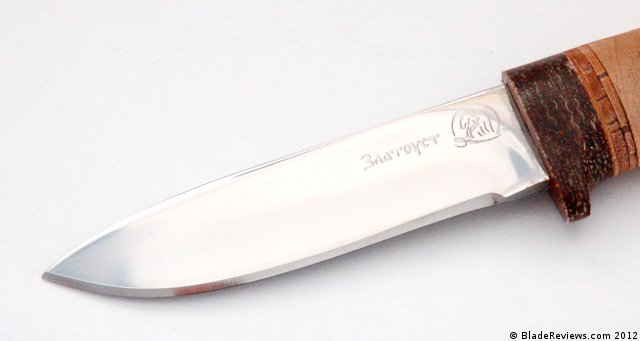
I found my Companion II to be a little on the dull side out of box, so the first thing I did was actually sharpen it up on my Spyderco Sharpmaker. I found that the Companion quickly took a nice edge, so I began to attack a 6 foot section of 3/8″ thick sisal rope. After cutting the rope into 1 inch pieces with relative ease I stropped the edge and moved on to some wood. I had some standard 2x2s and I also had some live branches to whittle on. I found that the knife carved wood well and cuts easily. Happy with the results, I tested the slicing capabilities on some cardboard boxes. Once again the Companion II performed faithfully, and it’s lean hollow grind proved to be a capable slicer. After the wood and cardboard the edge needed another good stropping.
All said and done I am pleased with the performance of this blade and the 110x18MШД steel. Rope and cardboard are actually pretty tough tests of an edge, and the Companion fared well enough (although it clearly wasn’t some kind of miracle super steel). My carving and whittling was a much better representation of what “real life uses” the Companion II might realistically be designed for. In those roles I was very happy.
Handle and Ergonomics
ROSarms offers the Companion II with a couple different handle styles. Shown here is a birch wood handle with stacked birch bark accents and micarta bolsters. The handle is well shaped and nicely executed. There is a slight amount of texture on the birch wood which provides a pleasant amount of feedback yet the handle is completely smooth and very comfortable. The knife is of stick tang construction and is well made. While the knives are plenty sturdy for normal cutting tasks, I would not baton with them.
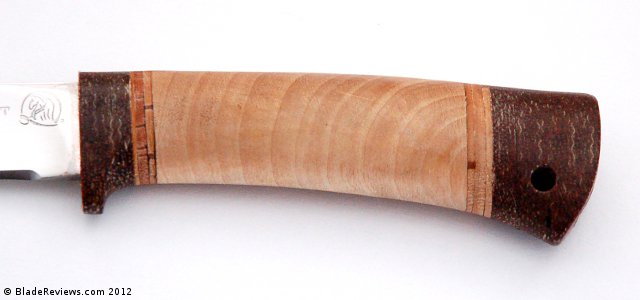
The ergonomics are where the Companion II really shines. Although this is a smaller fixed blade, the handle is generously sized and accommodates my larger hand nicely. The handle itself simple, smooth, and has no hot spots. As I mentioned earlier, I did a rope cutting test with this knife. This can be absolute hell on your hands with an uncomfortable handle (or a knife with excessive jimping). The Companion made the work feel easy, and I was happy to spend some time carving and slicing in my back yard. There is a small guard that keeps you from slipping forward on the blade and the knife came with a lanyard that I ended up removing because it felt unnecessary with a knife of this size.
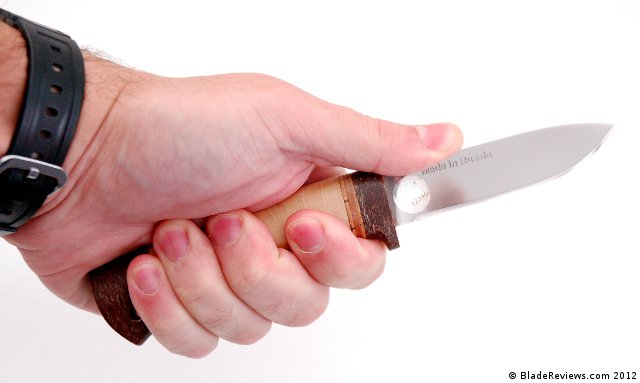
All things considered I found this to be an extremely comfortable knife.
Sheath
The Companion II arrived with a simple leather sheath. The leather is a rich red-brown and is thick and soft. It’s stitched and has a belt loop riveted to the back of it. Like many of these traditional sheathes the knife buries deeply and is held very secure. I carry the knife on my belt with no problems and feel that it’s good given the price ($75) and traditional nature of the design.
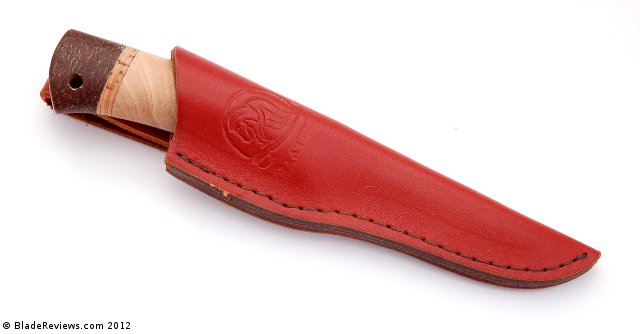
ROSarms Companion II – Final Thoughts
The Companion II is a well made knife and has a very interesting story. It’s not everyday that something handmade winds up on my review table, so I took my time to admire not only this knife, as well as the people and process behind it. ROSarms has done a great job educating their customers with their website, and have included background material on how the knives are made. I found that aspect of my experience especially interesting.
The knife is also very practical and is well made. It’s lightweight, comfortable, and cut very well in my hands. With a MSRP of $75 I also think the Companion II also represents a good value. I would have liked to have seen it arrive a little sharper out of box, but aside from that I have few complaints. Whether you are a fan of handmade traditional knives, or are seeking a compact fixed blade for general use, the ROSarms Companion II could be a great option.
ROSarms sells these directly on their website. That is where I recommend buying this knife. As always, thanks for reading.
